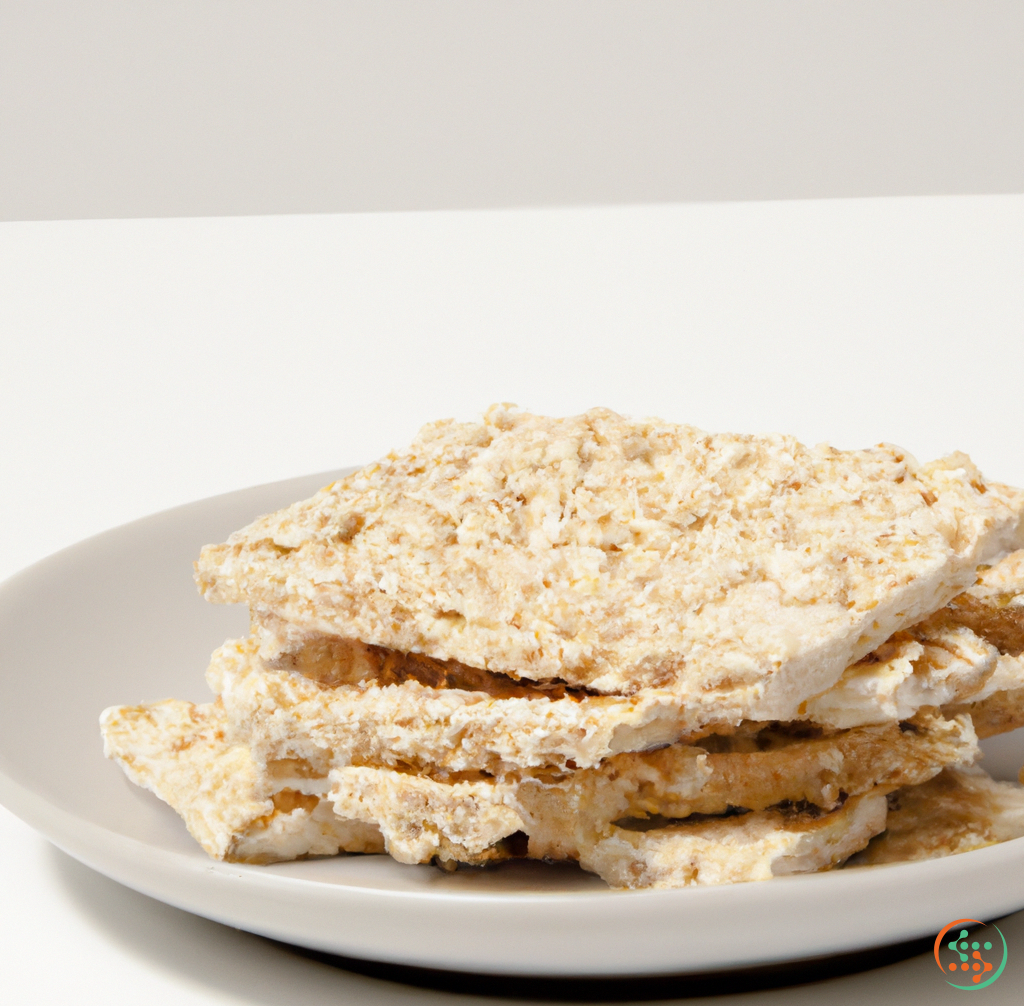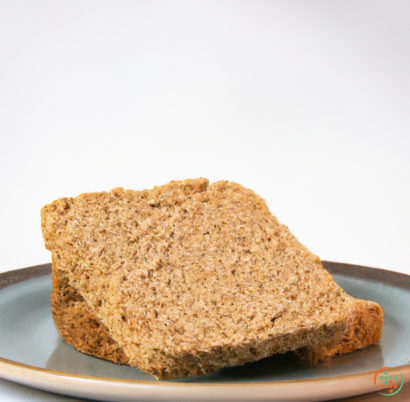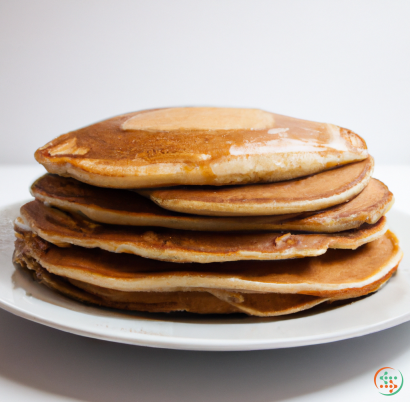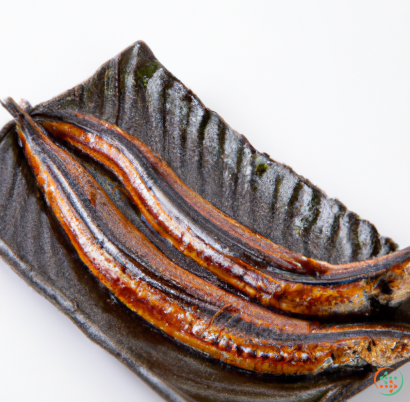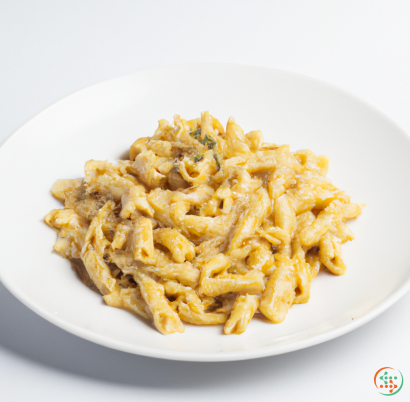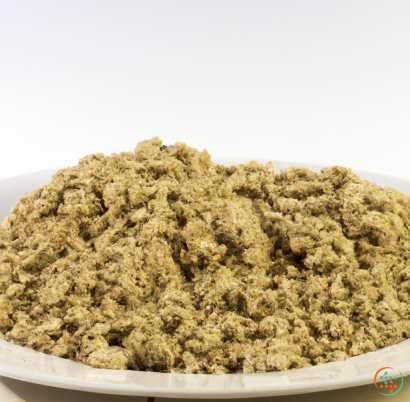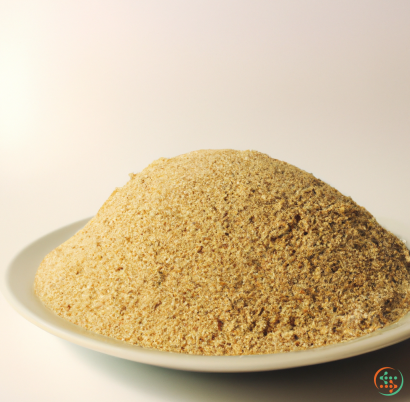Wheat Gluten
, and how to use it
Recently, more people are ditching out on traditional proteins, such as red meat, chicken and fish, and opting for something a bit less obvious. Plant-based proteins, such as quinoa and chia, have become mainstream and it looks like wheat gluten could be the latest entry into the plant-based protein race.
What is wheat gluten?
Wheat gluten is a protein that is extracted from wheat flour through a process of hydration and kneading. It is essentially just the protein content in wheat flour that is remaining after the starch is removed. It is essentially the same thing as seitan, which is a vegan mock “meat” made out of wheat gluten. Wheat gluten is high in protein and low in fat, making it an ideal plant-based protein alternative.
The main benefits of wheat gluten are its high concentration of protein, its versatility in the kitchen, and its affordability. In terms of lightness and flavor, wheat gluten is very similar to meat, making it an excellent replacement for a vegetarian diet. Wheat gluten is also full of essential amino acids that are important for maintaining overall health and well-being.
How to use wheat gluten
Using wheat gluten is actually quite easy. It usually comes in the form of a dry powder, making it ideal for storing in your pantry and throwing together meals quickly. Wheat gluten is easy to use and very versatile in the kitchen.
The most common way to use wheat gluten is by mixing it with some sort of liquid and creating a dough. This dough can then be cooked, steamed, boiled, or baked in any variety of recipes. Wheat gluten can be used in stir-fries, soups, stews, curries, and also as a vegan replacement for hamburgers and other classic dishes.
It is important to note that wheat gluten should not be consumed raw and it should be cooked before eating. This is because when it is raw, the concentration of gluten proteins can be hard to digest and the resulting product can have a bitter flavor. When cooked, however, the gluten proteins are broken down, making it easier to digest.
Another great way to use wheat gluten is to mix it into meals like soups and stews. It adds a bit of texture and thickens the soup, making it a satisfying meal. You can also fry it in a pan as a replacement for minced beef, or shape it into vegetable steaks that can be grilled and served with sides.
Conclusion
Wheat gluten is a great option for those looking to get a bit creative with their plant-based meals. It’s high in protein, low in fat and packed with essential amino acids. Plus, it’s incredibly versatile and can be used in a range of dishes, whether in its dried powder form, or mixed with a liquid to create a dough. With some creativity, wheat gluten can become a delicious vegan meal that will leave you feeling full and satisfied.
Wheat Gluten – The Obscure Ingredient Found in Your Dinner Plate
Have you ever enjoyed freshly baked pizza dough? Or perhaps a crispy yet fluffy bakery cookie? Chances are that the dough you enjoyed contained wheat gluten.
This relatively obscure ingredient is responsible for the texture of many foods and can also be found in meat alternatives, gravies and sauces. But what, exactly, is wheat gluten and how does it get from a wheat field to your dinner plate?
To answer those questions, let’s first have a better understanding of the ingredient itself, investigate the science behind its creation, and trace the journey of wheat gluten from a wheat field to your dinner plate.
What is Wheat Gluten?
Wheat gluten is an elastic-like protein derived from wheat flour. It is what makes flour-based dough stretchy and helps food retain shape when cooked.
Wheat flour contains two significantly different proteins – glutenin and gliadin. Glutenin is a protein that contributes to dough elasticity while gliadin is a protein responsible for flavor and texture. Together, these proteins give wheat its characteristic texture and taste.
Wheat gluten can be found in several grains, including buckwheat, spelt and kamut. However, the most popular variety is wheat gluten (also called wheat protein isolate) which is made from the grain wheat.
The Science Behind Wheat Gluten
To produce wheat gluten, wheat flour is soaked in water to release the glutenin and gliadin proteins. It is then mixed with a special enzyme called transglutaminase which works to bond the proteins to each other, making them stronger and creating a stretchable, elastic-like substance.
Once the wheat gluten is mixed with transglutaminase, it can be dried, cut into strips, and packaged for later use. This is then referred to as the "raw" wheat gluten.
When the raw wheat gluten is mixed with liquid (typically water or vegetable broth), it expands and absorbs the liquid to create a sticky, uniform mixture. This mixture can be shaped and cooked into food, such as pasta, pizza dough, and sandwiches.
The Journey of Wheat Gluten from the Field to your Dinner Plate
Wheat gluten begins its journey in the field, where wheat is grown and harvested. After it is harvested, the wheat is milled into a flour which is then soaked in water to release glutenin and gliadin proteins.
Once the proteins have been released, they are mixed with transglutaminase and dried until it forms a powder-like substance. This is then cut into strips and packaged for sale.
At baking facilities, the raw wheat gluten is mixed with liquid (typically water or vegetable broth) and kneaded into dough. The dough then goes through various processes such as rolling, sheeting, and cuttings to ensure the desired shape. Bakers then place the dough in molds, shape them, and then bake them.
The final product is packaged and packaged for sale at grocery stores, as well as other retail outlets. You can buy it as a stand-alone ingredient for making homemade dishes, or you can purchase pre-made items like pizza dough, seitan, and even vegan meat alternatives.
When you’re ready to prepare food in your kitchen, simply mix a portion of wheat gluten with liquid, knead it, shape it, and bake it. Within minutes you’ll have a delicious, warm meal on your dinner plate ready to be enjoyed.
Conclusion
It’s amazing to think that a seemingly-simple ingredient like wheat gluten has such a complex journey to make before it arrives at your dinner plate. From being grown and harvested in the field to being processed in a facility, the process is fascinating. Wheat gluten adds texture and flavor to many dishes and helps to provide a much-needed break from animal proteins.
So next time you enjoy a freshly baked snack or dish, think about the wheat gluten that made it possible.
| Calcium | 0.142 grams |
Daily Value 1.3 g
|
| Iron | 0.0052 grams |
Daily Value 0.018 g
|
| Magnesium | 0.025 grams |
Daily Value 0.4 g
|
| Phosphorus | 0.26 grams |
Daily Value 1.25 g
|
| Potassium | 0.1 grams |
Daily Value 4.7 g
|
| Sodium | 0.029 grams |
Daily Value 2.3 g
|
| Zinc | 0.85 mg |
Daily Value 0.011 g
|
| Copper | 0.18 mg |
Daily Value 0.9 mg
|
| Selenium | 0.0397 mg |
Daily Value 0.055 mg
|
| Total Sugars | 0 ug |
per 100g
|
| Palmitic acid (16:0) | 0.24 grams |
|
| Stearic acid (18:0) | 0.01 grams |
|
| Total Saturated fatty acids: | 0.25 g | |
| Oleic acid (18:1) | 0.15 grams |
|
| Palmitoleic acid (16:1) | 0.01 grams |
|
| Total Monounsaturated fatty acids: | 0.16 g | |
| Linolenic acid (18:3) | 0.05 grams |
|
| Linoleic acid (18:2) | 0.76 grams |
|
| Total Polyunsaturated fatty acids: | 0.81 g | |
